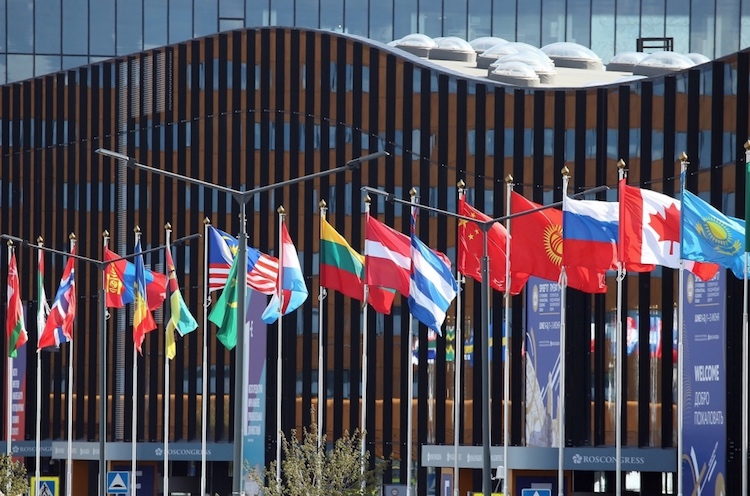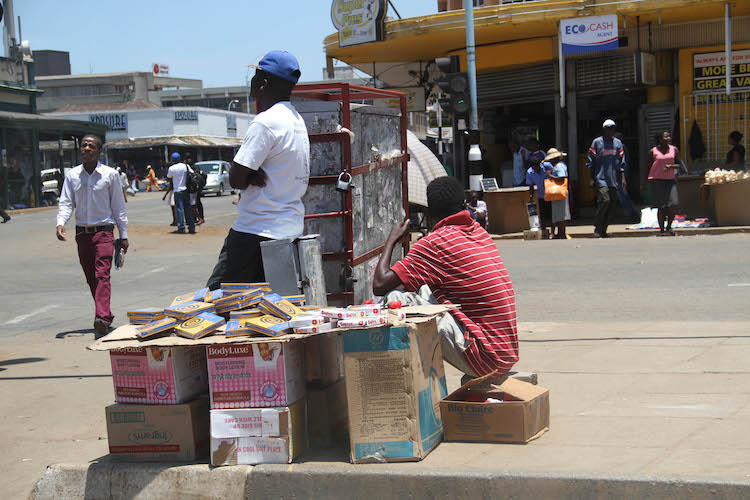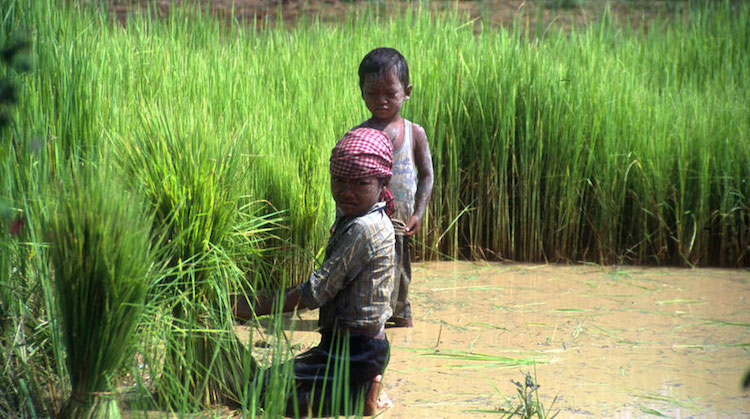By Kester Kenn Klomegah MOSCOW (IDN) – On the eve of the St. Petersburg International Economic Forum (SPIEF-2019), government officials and tourism experts have been looking at systematic ways to remove barriers, adopt marketing strategies to improve the current inbound tourism figures and get effective institutional organizations to promote Russia’s image. The SPIEF-2019, which has […]
World’s Major Tourism Fair Underlines the Significance of Sustainable Development
By Ramesh Jaura BERLIN (IDN) – The number of tourists around the world grew in 2017 to an all-time record of 7 percent to reach 1.3 billion. Tourism accounts for 10 percent of the world’s gross domestic product (GDP), 10 percent of the world’s jobs, and 7 percent of the world’s total exports. The need […]
UN’s New Development Agenda Assigns a Key Role for Youth
By Rodney Reynolds
UNITED NATIONS (IDN) – Secretary-General Ban Ki-moon, who has continued to reiterate the key role to be played by youth in the implementation of the UN’s 17 Sustainable Development Goals (SDGs) by 2030, points out that many young people across the world have been disproportionately affected by economic crises and recession.
“As torch bearers of the new development agenda, you have a critical role to play in ending poverty, inequality, hunger and environmental degradation. Your actions will be central in ushering in an era in which no one is left behind,” he told a gathering of youth.
Reforestation in Oxapampa: Peru’s Challenges and Priorities
By Fernando Torres Morán
LIMA (IDN) – Oxapampa is a province in the Pasco Region, in the high jungle area of Peru, which is home to the Oxapampa-Asháninka-Yanesha Biosphere Reserve that was recognised by UNESCO in 2010.
The reserve houses a number of protected natural areas such as the Yanachaga Chemillen National Park, with an area of 122 thousand hectares (spread over the districts of Huancabamba, Oxapampa, Villa Rica and Pozuzo) and the San Matías-San Carlos Protection Forest, with an area of 145,818 hectares (spread over the districts of Palcazu, Puerto Bermudez and Villa Rica).
Over the decades, the area has suffered forest depredation, and Peru’s non-governmental Pronaturaleza foundation for the conservation of nature has recently condemned the illegal felling of trees in the Yanachaga Chemillen National Park, including the extraction of one hundred thousand planks of wood from trees such as thyme, cedar and fig.
Zimbabwe Battling to Promote Sustainable Economic Growth
Analysis by Jeffrey Moyo
HARARE (IDN) – Clad in faded trousers and shirt and an old pair of shoes dotted with a mixture of patches and holes, 38-year-old Jemitius Simango trudges along First Street in the Zimbabwean capital with a huge sack containing empty plastic bottles hanging on his back as he rummages through dustbins in search of valuables.
Simango holds a Marketing Diploma from Zimbabwe’s Harare Polytechnic College and at first glance many take him for a lunatic, although he is an ordinary man at ‘work’ trying to earn a living against the backdrop of this Southern African country’s faltering economy. After failing to secure employment, many like Simango have turned to doing various substandard jobs to sustain themselves.
UN Shows the Way Out for 168 Million Child Workers
By Jaya Ramachandran
GENEVA (IDN) – Child labour is rampant around the world: some 168 million children working in various sectors of the economy – ranging from agriculture to mining, from manufacturing to tourism – are producing goods and services consumed by millions every day.
Marking the World Day against Child Labour on June 12, the United Nations International Labour Organization (ILO) has drawn the focus on the plight of children toiling in some of the most hazardous jobs.
“That child labour has no place in well-functioning and well-regulated markets is evident. But the reality is that today, child labour remains widespread in supply chains,” said ILO Director-General Guy Ryder in a statement that focussed on child labour and supply chains.
Dutch Govt. Supports Sustainable Garment Production & Textile Industry
THE HAGUE (IDN) – A broad coalition of industry organizations, trade unions, civil society organizations and the Dutch government have tabled an agreement on international responsible business conduct in the garment and textile sector.
The parties to the agreement join forces in an effort to achieve practical improvements in and ensure the sustainability of the international garment and textile supply chain. For example, they want to address problems such as dangerous working conditions and environmental pollution.







